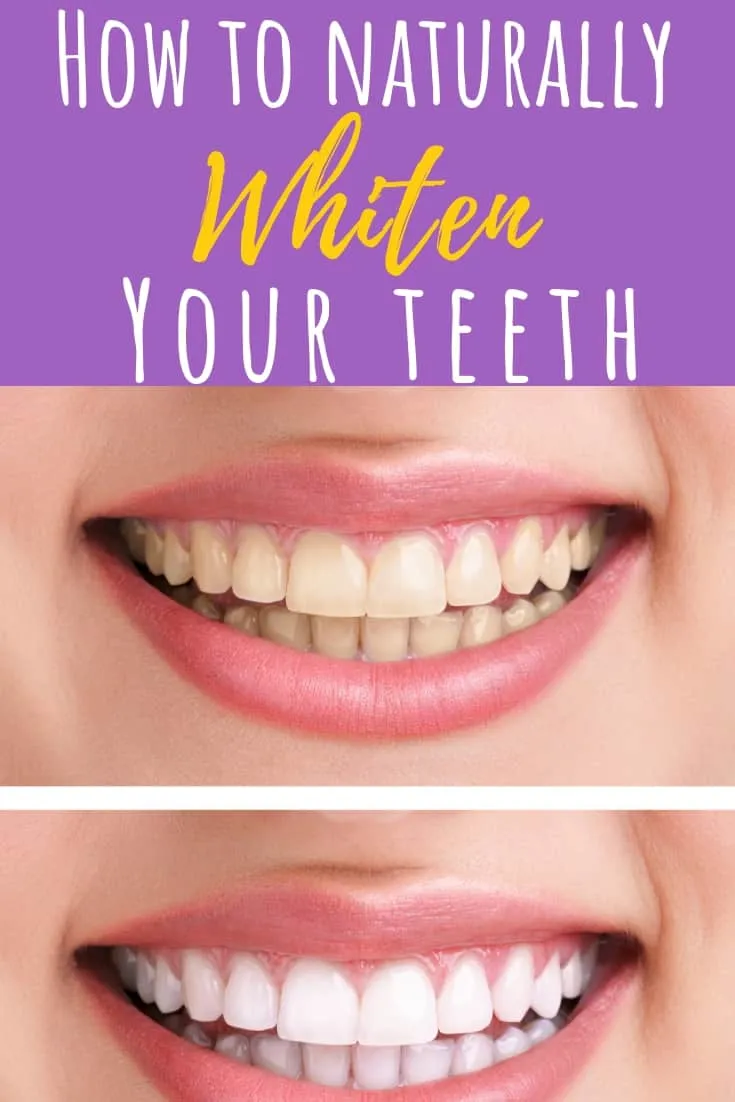Understanding Teeth Whitening
A bright, white smile can significantly boost your confidence and overall appearance. Teeth whitening is a popular cosmetic procedure aimed at lightening the color of your teeth and removing stains. However, understanding the process and the factors that influence it is crucial before you start. This guide will delve into the various methods for whitening teeth, focusing on safe and effective DIY recipes that you can try at home. We will also explore the science behind teeth discoloration and how to prevent future staining, ensuring you achieve and maintain a dazzling smile. This comprehensive overview will empower you with the knowledge to make informed decisions about your oral health and whitening journey.
Why Teeth Discolor
Teeth discoloration is a common concern, and understanding the underlying causes is the first step in addressing it. The natural aging process contributes to yellowing as the enamel wears down, revealing the dentin underneath, which is naturally yellow. Additionally, external factors and lifestyle choices play a significant role in staining. This includes the consumption of certain foods and beverages, such as coffee, tea, red wine, and berries. These substances contain pigments that can adhere to the enamel surface and cause discoloration. Smoking and tobacco use are also major contributors to yellowing and can lead to more severe staining over time.
Common Causes of Staining
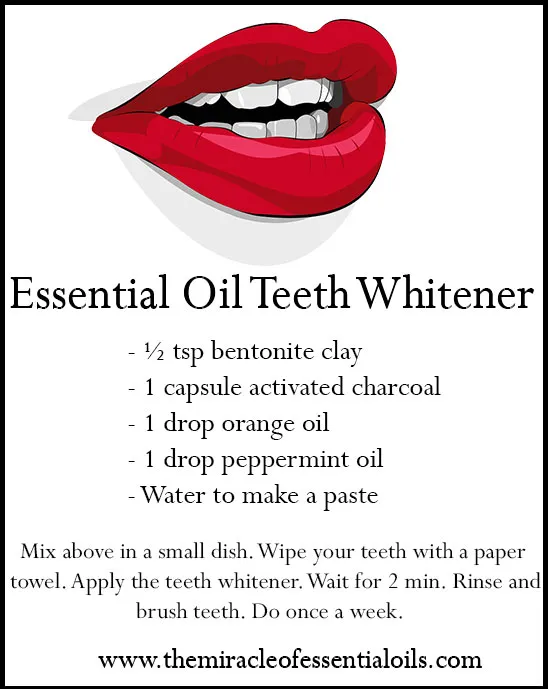
Several factors contribute to teeth staining. Dietary habits are a primary cause. Coffee, tea, and red wine contain tannins, compounds that stain teeth. Dark-colored fruits like blueberries and blackberries also contribute. Tobacco use, including smoking and chewing tobacco, is a leading cause of significant staining, often leading to yellow or brown discoloration. Poor oral hygiene allows plaque and tartar to build up, trapping stains. Certain medications, such as tetracycline antibiotics, can cause internal staining if taken during tooth development. Finally, genetics and the natural aging process can also affect tooth color.
The Science Behind Whitening
Teeth whitening works by using bleaching agents, typically hydrogen peroxide or carbamide peroxide, to break down the stain molecules within the enamel. These agents penetrate the enamel and react with the discolored compounds, breaking them into smaller, less noticeable particles. The effectiveness of whitening depends on the concentration of the bleaching agent, the duration of application, and the type of stains present. Over-the-counter products often contain lower concentrations, while professional treatments use stronger solutions for quicker results. The process does not alter the tooth’s structure but rather lightens the existing color by removing or altering the stain compounds.
Recipes for Whitening Teeth
There are various DIY recipes that can help you achieve a brighter smile. These methods use natural ingredients and are often gentler than professional treatments. It’s important to note that the results may vary, and consistency is key. Always consult with your dentist before trying any new whitening methods, especially if you have sensitive teeth or existing dental work. These recipes can be a cost-effective way to improve your smile at home but should be used with caution and awareness of potential side effects.
Baking Soda and Lemon Juice Recipe
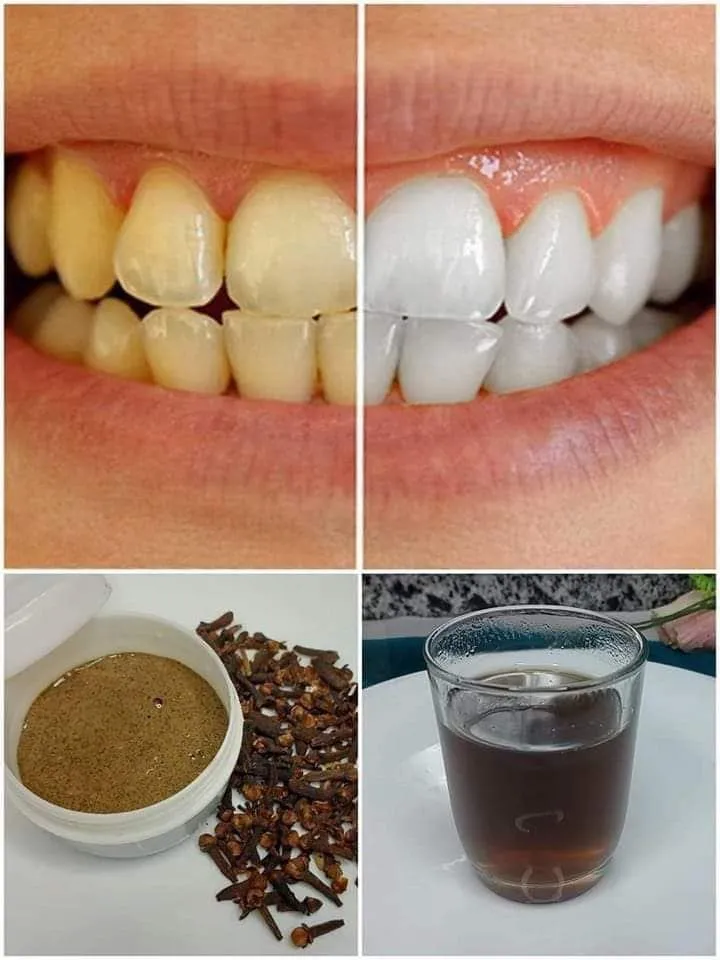
Ingredients and Instructions
This recipe combines the abrasive properties of baking soda with the citric acid in lemon juice. Mix one teaspoon of baking soda with enough lemon juice to form a paste. Apply the paste to your teeth using a soft toothbrush, and gently brush for about two minutes. Rinse thoroughly with water. The lemon juice acts as a natural bleaching agent, while baking soda helps remove surface stains. It is important to use fresh lemon juice and not to overuse this method, as the acidity can erode enamel over time. Consistency is key to see noticeable results.
Precautions and Considerations
This recipe should be used sparingly, no more than once or twice a week, due to the potential for enamel erosion from the citric acid in lemon juice. Overuse can lead to increased tooth sensitivity. If you experience any sensitivity or discomfort, discontinue use immediately. Always rinse your mouth thoroughly after brushing to remove any remaining acid. People with sensitive teeth should be particularly cautious. It is essential to consult with a dentist before using this method, especially if you have any existing dental issues or are undergoing other dental treatments.
Coconut Oil and Turmeric Recipe
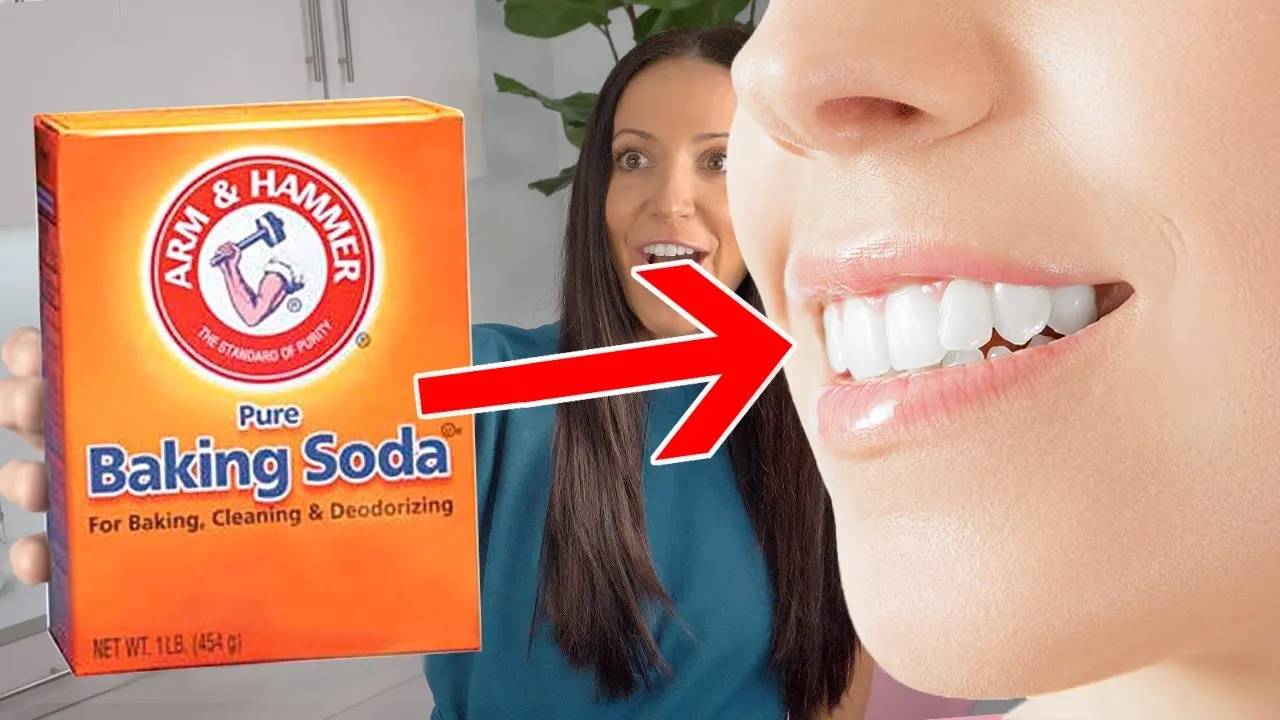
Ingredients and Instructions
This recipe combines the natural antibacterial properties of coconut oil with the whitening and anti-inflammatory benefits of turmeric. Mix one tablespoon of coconut oil with a half teaspoon of turmeric powder. Apply the mixture to your teeth using a soft toothbrush and brush gently for about two to three minutes. Rinse with water. Coconut oil helps to remove bacteria and reduce plaque, while turmeric acts as a mild abrasive and can help remove stains. It is a gentler option compared to the baking soda and lemon juice recipe and can be used more frequently.
Precautions and Considerations
While generally safe, turmeric can leave a yellow residue on your toothbrush and possibly stain your sink. Make sure to rinse thoroughly after brushing to prevent staining. If you have any allergies, especially to coconut or turmeric, avoid this recipe. The effectiveness of this method may vary, and it may take longer to see results. Always consult with your dentist if you have concerns. Consistency is essential to see any noticeable whitening effects. Regular use is recommended, but always pay attention to your teeth’s sensitivity levels.
Strawberry and Baking Soda Recipe

Ingredients and Instructions
Strawberries contain malic acid, which acts as a natural astringent that can help remove surface stains. Mash a few ripe strawberries and mix them with a half teaspoon of baking soda to create a paste. Apply the paste to your teeth and let it sit for a few minutes, then gently brush your teeth for about two minutes. Rinse thoroughly with water. The baking soda helps with abrasion, and the malic acid can aid in breaking down stains. Be gentle while brushing to avoid damaging your enamel.
Precautions and Considerations
The acidity in strawberries, combined with the abrasiveness of baking soda, can erode enamel if used too frequently. It is recommended to use this recipe no more than once a week. Overuse can lead to increased tooth sensitivity. Always rinse your mouth thoroughly after brushing to remove any remaining acid. Avoid this method if you have any dental issues or are undergoing dental treatments. Consult your dentist if you experience any discomfort or sensitivity. Monitor your teeth for any signs of erosion or damage.
Preventing Future Staining

Preventing future staining is just as important as whitening your teeth. This involves making conscious lifestyle choices and practicing good oral hygiene. By adopting preventative measures, you can maintain a brighter smile for longer and reduce the need for frequent whitening treatments. This section will explore dietary adjustments, oral hygiene practices, and the importance of regular dental checkups. Implementing these strategies will help you protect your teeth and enjoy a confident, radiant smile.
Dietary Adjustments
What you eat and drink significantly impacts your teeth’s appearance. Limit your intake of stain-causing foods and beverages, such as coffee, tea, red wine, and dark-colored berries. If you consume these items, consider drinking water afterward to help rinse away the pigments and reduce staining. Use a straw for beverages to minimize direct contact with your teeth. Eat a diet rich in fruits and vegetables, which can help increase saliva production. Saliva naturally cleans your teeth and neutralizes acids. These simple dietary adjustments can make a significant difference in preventing stains and maintaining a bright smile.
Oral Hygiene Practices
Consistent and effective oral hygiene is crucial for preventing stains and maintaining a healthy, bright smile. Brush your teeth at least twice a day for two minutes each time using fluoride toothpaste. Floss daily to remove plaque and food particles from between your teeth, where a toothbrush cannot reach. Consider using an antimicrobial mouthwash to help kill bacteria and further reduce plaque buildup. Replace your toothbrush every three months or sooner if the bristles become frayed. Proper oral hygiene not only helps prevent staining but also reduces the risk of cavities and gum disease.
Regular Dental Checkups
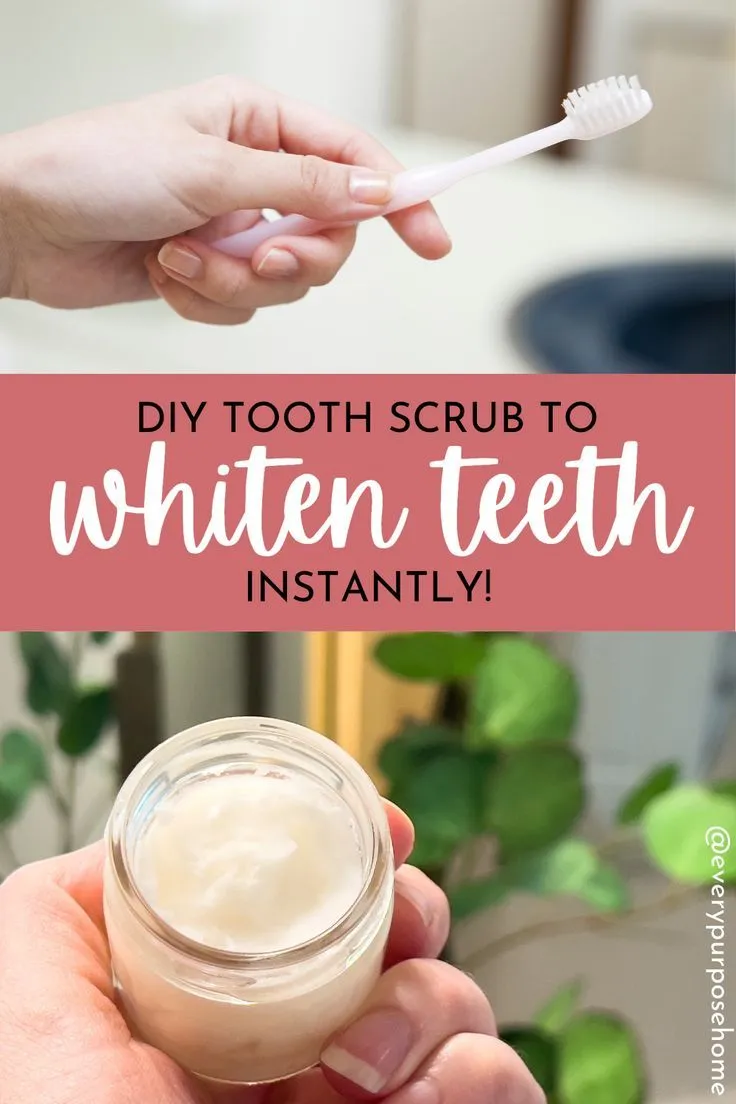
Regular dental checkups and professional cleanings are essential for maintaining a bright and healthy smile. Your dentist can remove plaque and tartar, which contribute to staining and can’t be removed by brushing and flossing alone. Professional cleanings can also help remove surface stains and improve the overall appearance of your teeth. During checkups, your dentist can identify potential problems early, such as cavities or gum disease, and provide appropriate treatment. Regular visits to the dentist ensure your teeth remain healthy, strong, and vibrant, maximizing the effectiveness of your at-home whitening efforts. Schedule checkups every six months, or as recommended by your dentist.
Conclusion
Achieving a brighter smile is attainable through various methods, including DIY recipes. However, it’s essential to understand the science behind teeth whitening, the causes of discoloration, and the importance of preventative measures. While recipes like baking soda and lemon juice, coconut oil and turmeric, and strawberry and baking soda can offer some whitening effects, they should be used with caution and moderation. Always prioritize your oral health by consulting with your dentist before trying new whitening methods. Combining these recipes with proper oral hygiene, dietary adjustments, and regular dental checkups will help you achieve and maintain a confident, radiant smile for years to come. Remember that consistency and patience are key to success.
